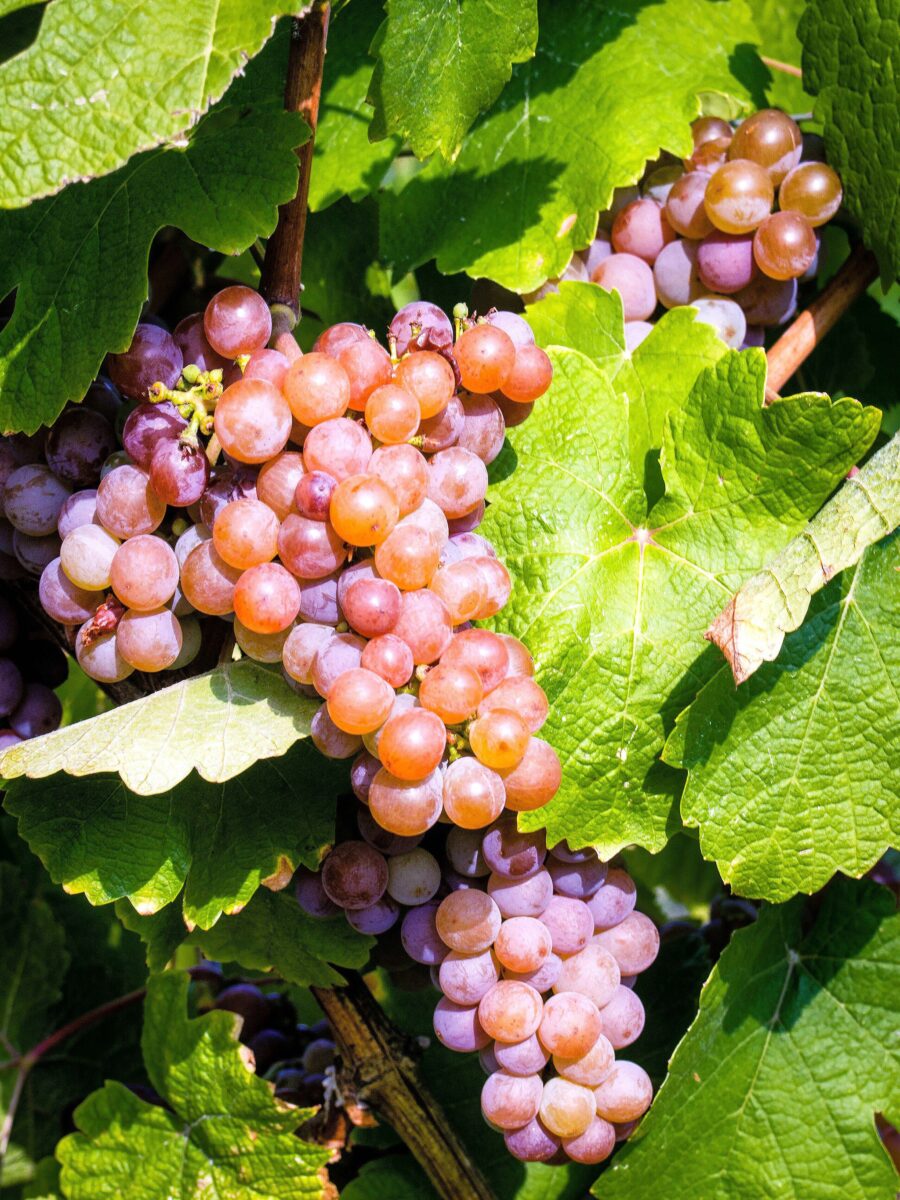Australia is a wine-drinking country. Wine has long eclipsed beer as the alcohol of choice Down Under, and we’re rather voracious when it comes to the stuff, drinking on average over 28 litres of wine per capita per annum.
While we consume a wide variety of, well, varieties of wine in Australia, there are a few that reign supreme: Cabernet Sauvignon, Pinot Noir, and of course, Shiraz… French varieties dominate tend to dominate Australian cellars, and virtually all of the most-produced grape varieties in Australia are French.
But what about German varieties? Aside from Riesling, which is exceptionally popular, most Australians are reasonably ignorant of German wine varieties, or German wine broadly. Indeed, many would consider German wine to be a sort of strange oxymoron; something to avoid. Like French beer…
But this is short-sighted. Not only does Germany produce great wine, but Australian-made German varieties are some of the tastiest and underrated wines this country produces (and again, we’re not just talking Riesling). With that in mind, we’d like to shine a light on one of the most underrated German wine varietals that Aussies should really start paying more attention to: Gewürztraminer.
Typically sweet, off-dry and very fragrant, Gewürztraminer (pronounced ‘geh-voorts-trah-meener’, often just called Gewürz or ‘Gee Whizz’) is a floral and tropical white wine that, somewhat counter-intuitively thanks to its Teutonic origins, is perfectly suited for pairing with Southeast Asian cuisine – something Aussies consume a lot of. Indeed, Gewürztraminer’s most prominent aroma closely resembles lychees.
Thanks to its versatile and appealing qualities, Australian wineries are also increasingly producing Gewürztraminers, and we reckon it’s likely to be the next big thing in wine (even if it’s still a bit niche). It’s quickly become one of my go-to wine styles.

We could spend all day singing Gewürztraminer’s praises, but like most things wine, it’s best if you just go and try some for yourself. But what we’re curious about is why Gewürztraminer – which is reasonably well known in other parts of the world, like the United States – isn’t better known here. Indeed, why isn’t German wine better known Down Under?
DMARGE spoke with Dan Swincer, Head Winemaker at legendary Australian winery Jacob’s Creek (which has just released a rather delicious Gewürztraminer of their own) about why Gewürztraminer/German wine continues to fly under the radar in Australia.
“It could be said that historically we have been a little Franco-centric with the grape varieties planted and most dominant in the Australian wine industry,” he suggests.
“But that is not to say it is due to climate or terroir, [it’s] more determined by the planting material imported and on hand at the time, and the demands of the market. In fact, you could say that some Spanish and southern Italian varieties are more suitable to some areas of the warmer Australian wine growing regions [rather than French varieties].”
RELATED: The Spanish Summer Wine Hack More Australians Should Try
“However, given the diversity of the Australian landscape, I think we can make a solid case to produce world-class examples of most grape varieties.”

“To Australian consumers, and I am definitely guilty of this, we often stay with what we are familiar with drinking – the world of wine is diverse and often challenging with so many regions, varieties and styles to know it can be a daunting prospect to step outside of your ‘lane’,” Dan admits.
“It also comes down to what is offered and available, if you go to most wine shops there are aisles upon aisles of Shiraz, Chardonnay, Cabernet Sauvignon, Sauvignon Blanc and Pinot Noir but Gewürztraminer and Muller-Thurgau are few and far between.”
“My challenge to wine drinkers is to be adventurous and try something new, you never know you could find your new favourite variety or style.”
RELATED: How Much You Should Spend On A Bottle Of Wine, According To Experts
We also asked Dan: what are some other German wine varieties that Australians might not know about, but should keep an eye out for?
“I am no expert, but I think there are in excess of 100 grape varieties planted in Germany. With this in mind, I would suggest it is less about the varieties and more [about] exploring the regions and producers of Germany.”

“From Mosel, Pfalz, Nahe to Rheingau and beyond there is such a diverse expression of regions and producers that there is much to broaden drinkers’ horizons.”
“If you want a little tongue twister, Grosses Gewächs (or GGs to make life easier) is a grouping outside of official German wine law of arguably the finest wines of Germany and is specific to dry wines. Most are Riesling but the are other varieties in the mix to keep life interesting.”
Prost to that.
Read Next
